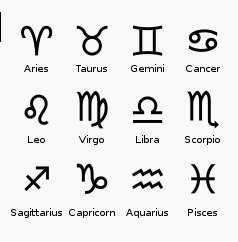|
TRANSLATIONS
Next page:
If 366 should happen to be located at winter solstice, the conjunction would occur in the first half of 'February'. The Mayan new year occurred in the first half of February. Counting with 16 * 29.5 = 472, we would reach to the second half of 'March', i.e. around spring equinox. If 366 should happen to be located ca 10 days earlier than winter solstice, there will be ca 100 days to spring equinox. 9 * 29.5 = 265.5 = ca 365.25 - 50 - 50 (i.e. 100 days in the other direction). Let us therefore look at some location beyond 230 (side a + Gb8-30) + 26 (b1) = 256 (the number of squares on 4 chessboards). Are Gb2-9--10 with surroundings (9-10 days later, with ordinal numbers 265-266) interesting?
We recognize these glyphs:
There could be a conjunction between the end of this week and the end of 9 * 29.5 glyphs (a kind of autumn equinox) There are 471 (or rather 472) glyphs in the text. The great henua in Gb7-6 is like the midnight henua in e.g. Aa1-43:
We recognize the pattern with a central figure flanked by two similar signs - cfr Libra:
This fact (16 * 26 = 'time zero', 'midnight') suggests we must have another 50 glyphs beyond Gb7-6:
The glyphs do not quite agree, however. Instead there are 3 groups of glyphs:
This is the correct pattern:
471 - 5 (Gb8-1--5) = 466 = 366 + 2 * 50. Gb7-1--6 are inside the first 50 glyphs (beyond haga te pau), and they are therefore not comparable numerically regarded with Gb8-1--5. Yet they are more important because they describe how the old year is regenerated:
The moa in Gb7-1 obviously has a 'finger' in the game. But the old cock is just a ghost of himself, and instead it is by his final incarnation as a fish (Gb7-5) he is spawning. In the preceding Gb6-28 (168) the old year appears as tagata (completed):
We should therefore redraw the structure once again:
416 - 360 = 56, i.e. there are 16 weeks from the end of the regular 360-day year to the end of the text. Probably this design, with Gb7-6 initiating the last 8 weeks, means the moon rules the end of the text. |
|||||||||||||||||||||||||||||||||||||||||||||||||||||||||||||||||||||||||||||||||||||||||||||||||||||||||||||||||||||||||||||||||||||||||||||||||||||||||||||||||||||||||||||||||||||||||||||||||||||||||||||||||||||||||||||||||||||||||||||||||||||||||||||||||||||||||||||||||||||||||||||||||||||||||||||||||






































